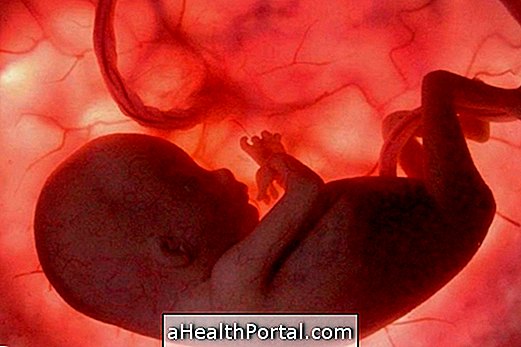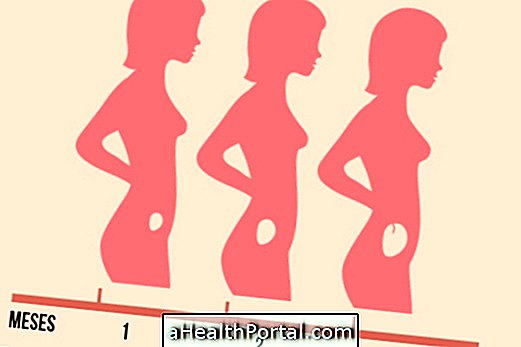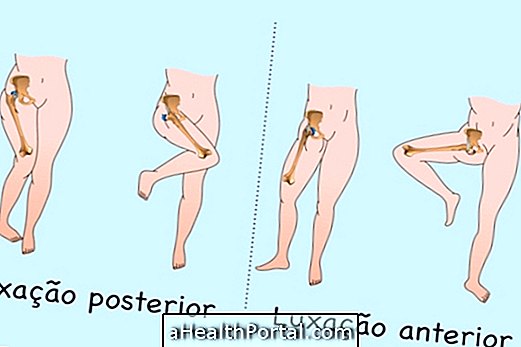Fetal distress is a relatively rare condition that occurs when the baby is not getting the amount of oxygen needed in the womb, during pregnancy or during delivery, which ultimately affects its growth and development.
One of the signs most easily identified by the obstetrician is the decrease or change in the heartbeat rhythm of the fetus, however, the decrease of the baby's movement in the belly can also be an alarm signal for a case of fetal distress.
In the most severe cases, fetal distress can even lead to an abortion and therefore should be treated as soon as possible, so it is very important to go to all prenatal visits to make the necessary tests and ensure that the baby is developing properly.

Signs and symptoms
Some of the most common signs of lack of oxygen in the baby are:
1. Decreased fetal movements
The movements of the baby in the uterus are an important indicator of its health and, therefore, a decrease in the frequency or intensity of the movements can be an important sign of lack of oxygen.
Thus, if there is a decrease in the baby's movements, it is important to go to the obstetrician to make an ultrasound and identify if there is any problem that needs to be treated.
2. Vaginal bleeding
Small bleeds throughout pregnancy are normal and do not mean that something is wrong with pregnancy, however, if there is heavy bleeding it may mean that there is some change in the placenta and therefore a decrease in oxygen levels may occur for the drink.
In these cases, you should go to the hospital immediately because the bleeding can also be a sign of an abortion, especially if it happens in the first 20 weeks.
3. Presence of meconium in the water bag
The presence of meconium in the water when the pouch bursts is a common sign of fetal distress during labor. Generally, the amniotic fluid is clear with a yellowish or pinkish color, but if it is brown or greenish, it may indicate that the baby is in fetal distress.
Strong abdominal cramps
Although cramp is a very common symptom during pregnancy, especially because the uterus is changing and the muscles are adapting, when a very intense cramp that also causes back pain appears to indicate that there is a problem with the placenta, the baby may be getting less oxygen.
Possible causes of lack of oxygen
The amount of oxygen that reaches the fetus may be decreased due to causes such as:
- Placental abruption;
- Compression of the umbilical cord;
- Fetal infection.
In addition, there is a greater risk of fetal distress in pregnant women with pre-eclampsia, gestational diabetes or who have problems with uterine growth during pregnancy.

What to do in case of fetal distress
If fetal distress is suspected due to the presence of one or more signs, it is important to go immediately to the ER or obstetrician to assess the problem that may be causing the oxygen decrease and initiate appropriate treatment.
Most often, a woman may need to be hospitalized for a few hours or days to make medications directly into the vein and continually assess the baby's health.
In more severe cases where there is no improvement in fetal distress, premature delivery may be necessary. If the birthing process has already begun the baby can be born by normal delivery, but in many cases a cesarean section is needed.
Consequences of lack of oxygen
The lack of oxygen in the baby needs to be treated quickly to avoid sequelae such as paralysis or heart disease, for example. In addition, if the lack of oxygen is maintained for a long time there is the risk of suffering an abortion.





















